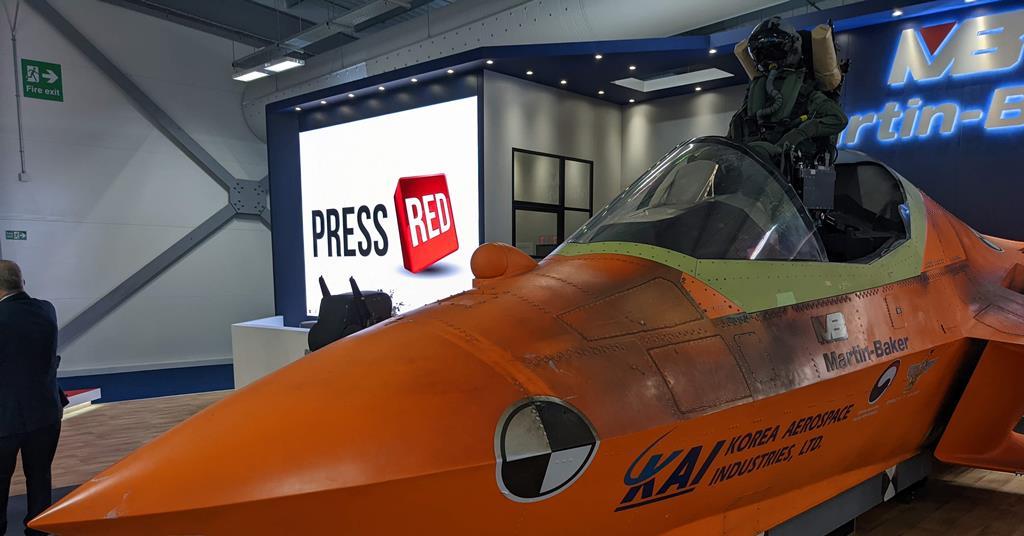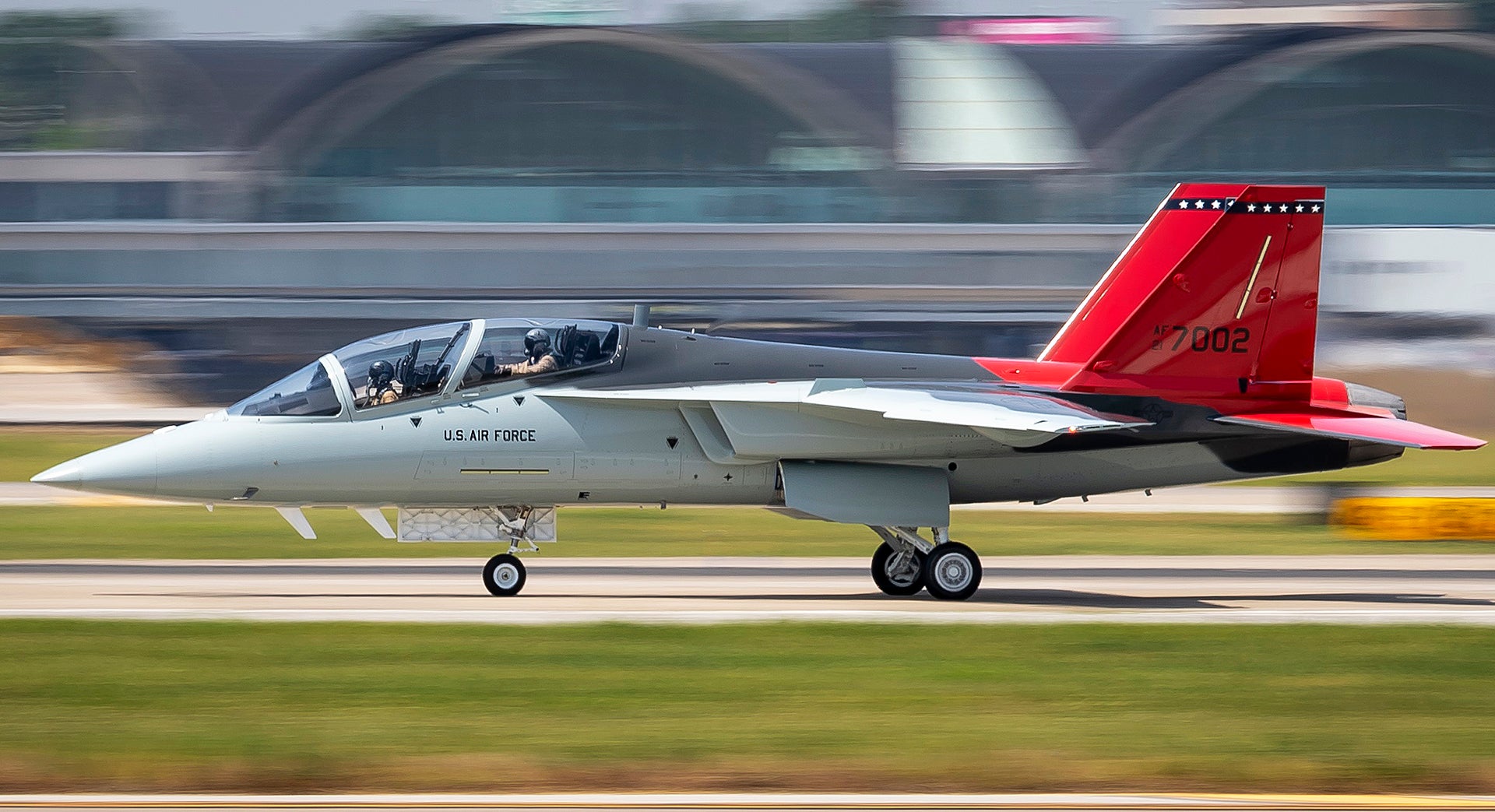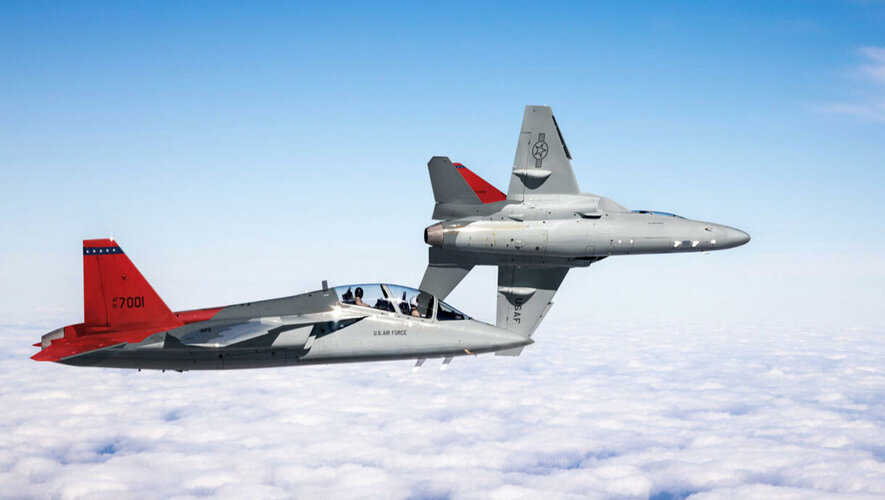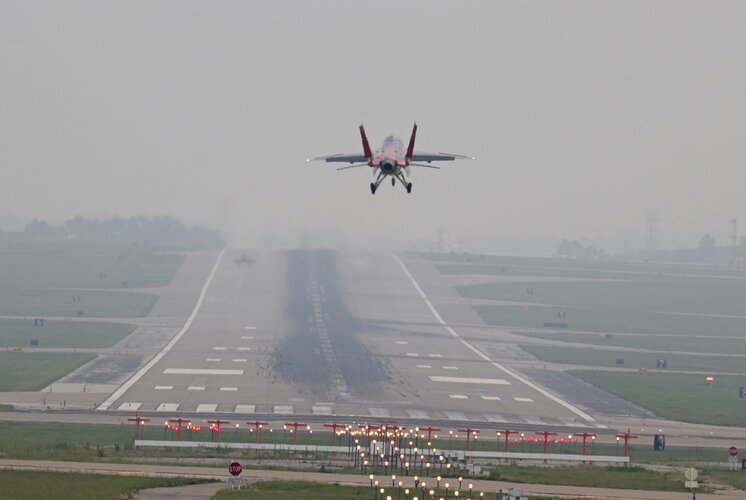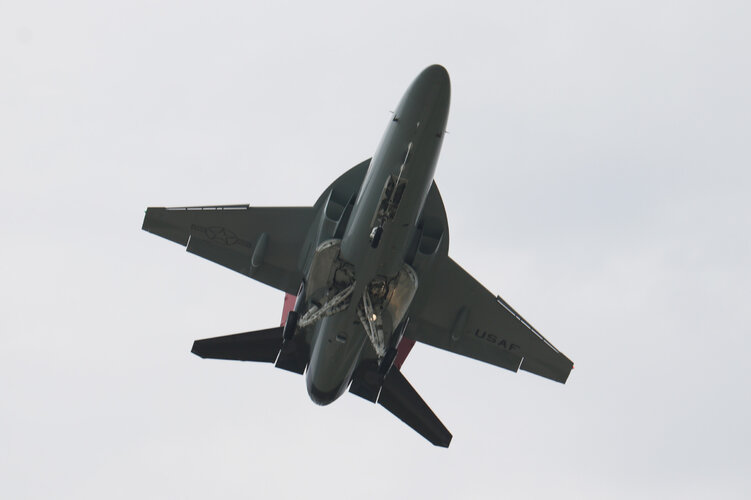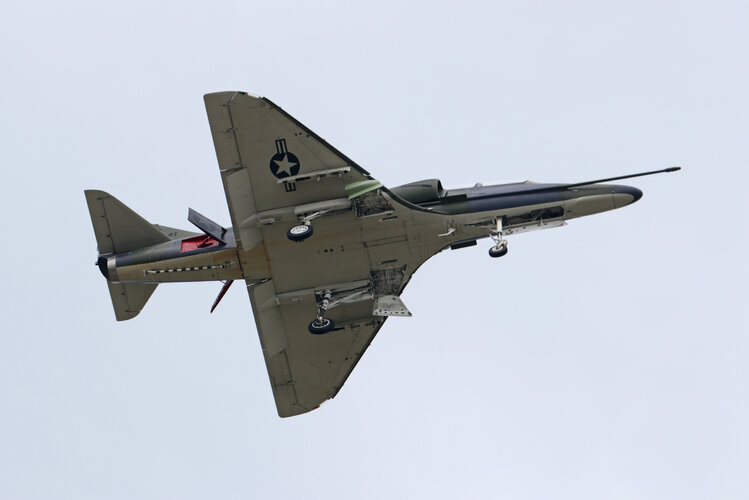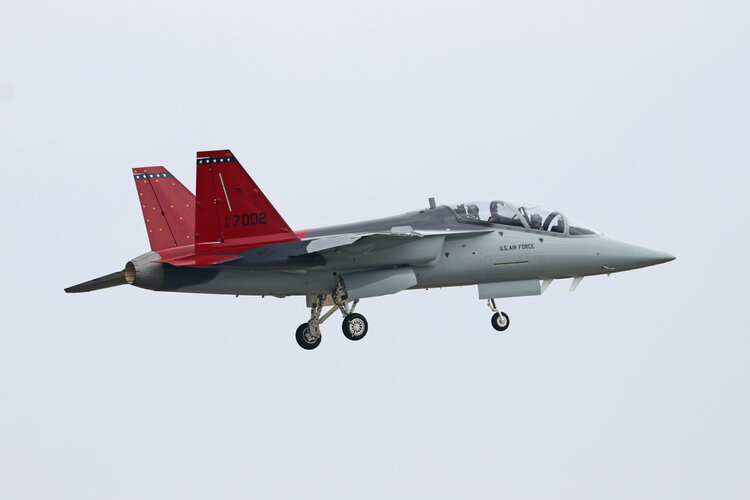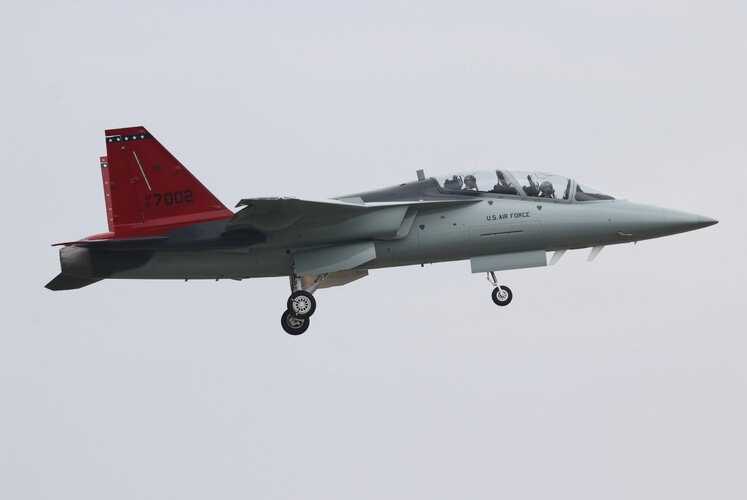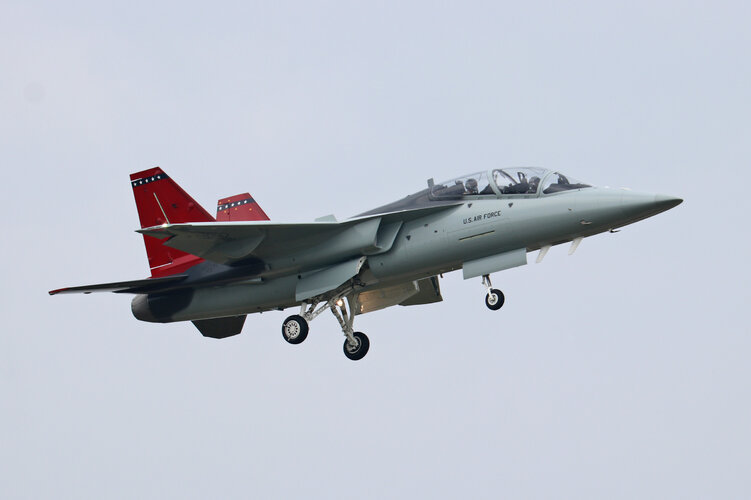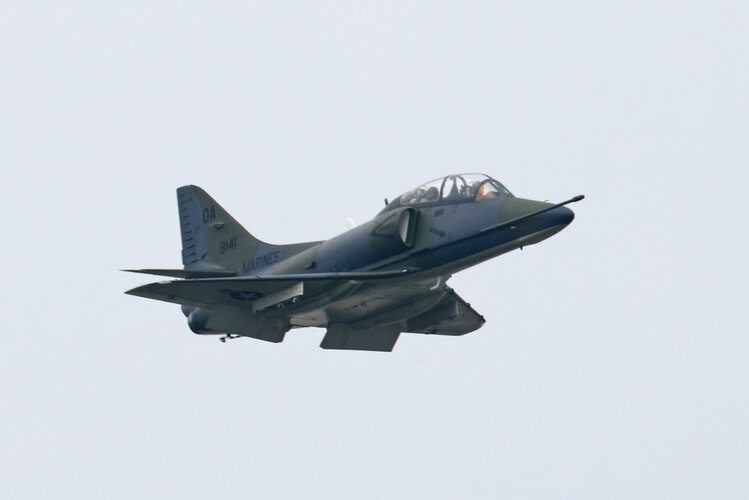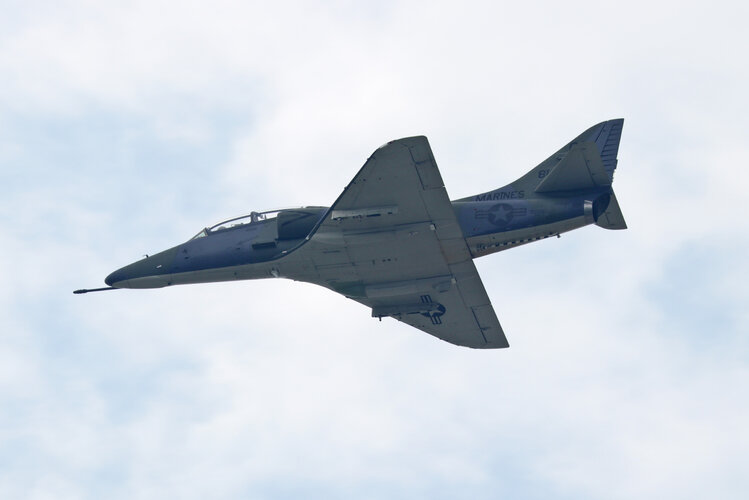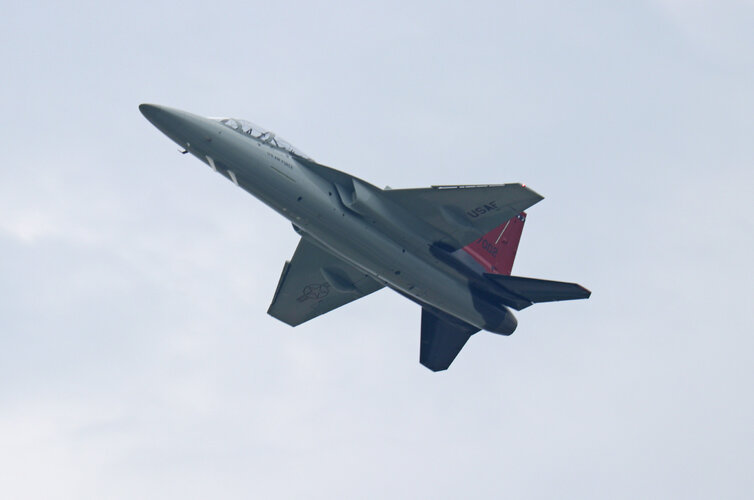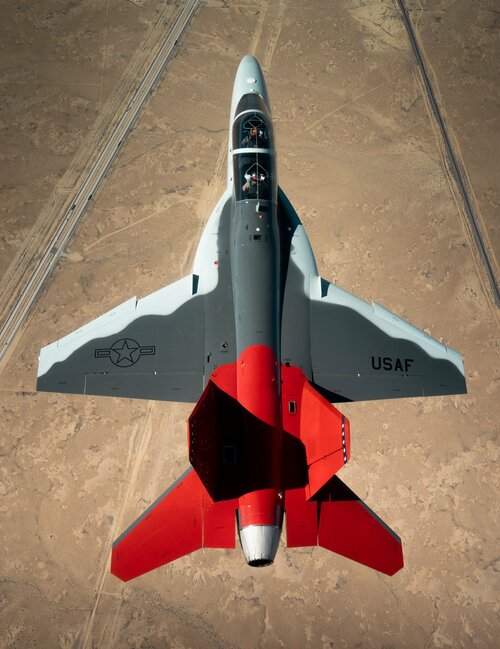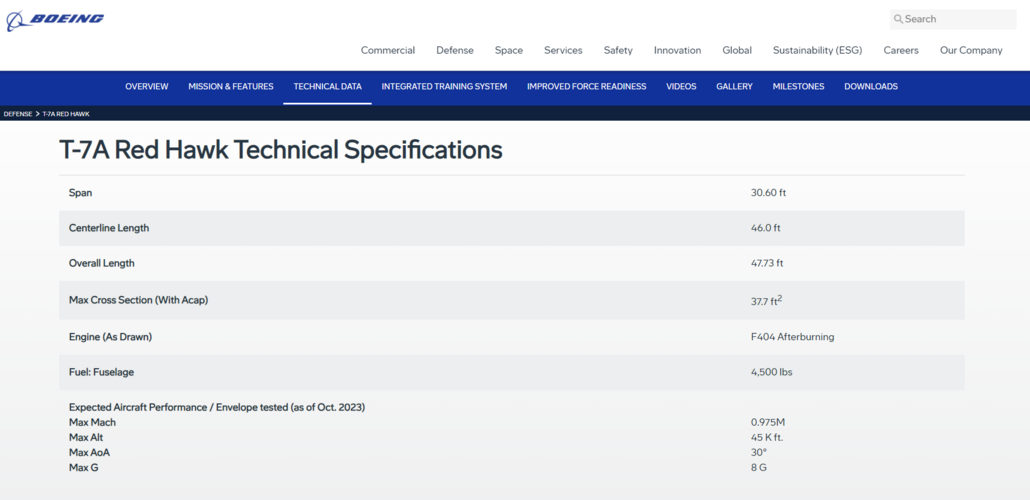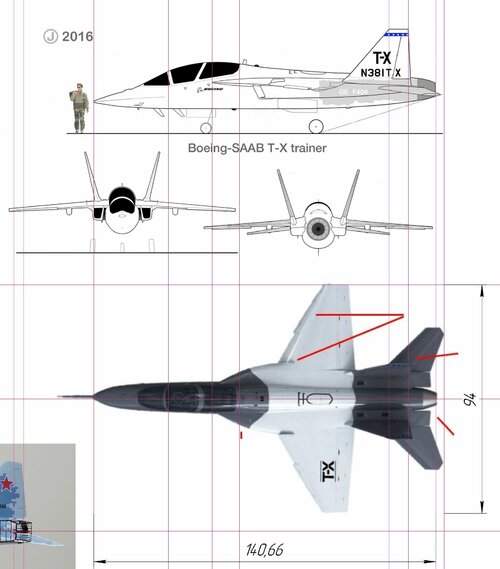Yes, it's possible that a teething issue could've arrised concerning new avionics, but slim chance it would've been anywhere as serious as fundamental airvehicle problems the T-7A has right now. You're underestimating the advantage of a proven pre-existing platform and are overly exaggerating the difference between the T-50 and the T-50A and the possible developmental issues.You actually don't know that that would have been the only problem the T-50 would have had, because the version the USAF was getting was quite a bit different from what is flying now. Many of the systems were different, the cockpit was different, etc. The T-50 that is flying now is only a shell of what the USAF would have been getting.
If anything, most of those new training and cockpit avionics and systems unique to APT, which would've also been required for the T-50A, are not the main issues with T-7A right now in the first place. Bar the ACES, we're talking about components and systems that in case for the T-50A, would've been shared with other T-50 variants and have been working just fine.
Calling it the "same problem" is just very misleading. Like I and others have said, the T-50A would not have had the canopy fracturing system related problems at all in the first place. For the T-50A the only problem would've been for Raytheon to sort their issues out with ACES whereas with T-7A, even if there wasn't any problem with the ejection seat itself, they would still need to get the fracturing system work safely before any kind of EMD flight test would get underway.The T-50 would have certainly faced the same problem adapting its ejection system for the lower end of pilot size and weight.
I don't understand why it's so hard for some to get that the requirements for pilots morphology are new. It's even probable that all aircraft will face the same problems: F-35, F-16, 15, 22, B-21 or even NGAD.
Last edited:

